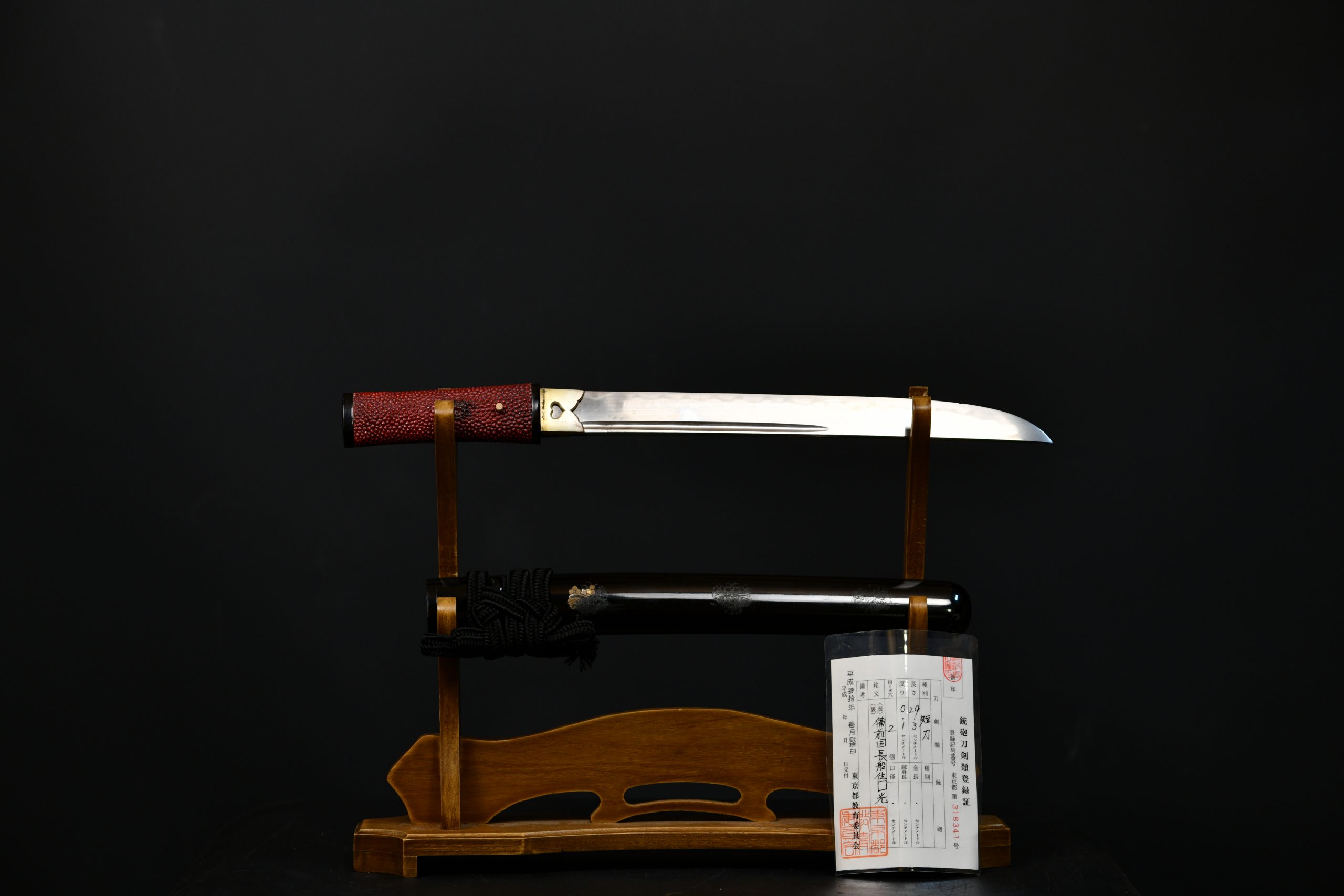Differences between Nihonto and Modern Japanese Swords

The world of Japanese swords fascinates collectors, historians, and enthusiasts of samurai culture. However, not all japanese swords are the same. There are Nihonto, blades forged through traditional methods with centuries of history, and modern replica swords inspired by that legacy but produced with contemporary techniques mostly in China, cause in Japan is forbidden create new swords with cutting edge that has been made for a non traditional methods, smiths and materials. Understanding the differences is essential for those seeking authenticity and historical value.
What is a Nihonto?
The term Nihonto refers to traditional Japanese swords forged in Japan using artisanal techniques passed down through generations. These pieces meet strict standards in terms of materials, forging process, and steel treatment. They are often registered and accompanied by official certificates of authenticity issued by Japanese organizations such as NBTHK or NTHK.
Each Nihonto is unique, with a distinctive hamon (temper line), blade shape, and mount details. Its value is not only aesthetic or functional but also cultural and historical.

Modern Japanese swords
Modern Japanese swords, while they can be of excellent quality, do not meet the standards that define a Nihonto. They are produced using industrial and semi-automated processes, employing modern steels and techniques that reduce time and cost.
These swords are ideal for practices such as iaido or tameshigiri, as they provide functionality at a more affordable price. However, they lack the historical character and official recognition of Nihonto.
Main differences between Nihonto and reproduction swords
- Forging process
- Nihonto: hand-forged with tamahagane steel, folded and tempered following centuries-old methods.
- Modern: made with industrial steels (such as 1095, T10, stainless steel), often in mechanized processes.
- Historical and cultural value
- Nihonto: considered cultural heritage of Japan, with origins dating back to the Kamakura period.
- Modern: although inspired by the sthetics, they are not part of the heritage and lack official registration.
- Certificates and registration
- Nihonto: many include NBTHK or NTHK certificates or Tokorusho exporting documents that verify authenticity.
- Modern: Lack official documentation, sold mainly for training or decoration.
- Price and exclusivity
- Nihonto: each piece is unique, unrepeatable, and can reach very high values in the future.
- Modern: more affordable, produced in series with almost no resell options.
- Purpose
- Nihonto: valued as works of art, collectibles, and investment pieces.
- Modern: designed for training, display, or entry-level collecting.

Why choose a Nihonto?
For collectors and samurai culture enthusiasts, a Nihonto represents much more than a sword: it is a link to history, a reflection of the spirit of Japanese master swordsmiths, and an irreplaceable piece that will never exist under the same conditions again.
At Supein Nihonto you will find authentic Nihonto directly imported from Japan. Each sword is unique, certified, and carefully selected to guarantee maximum authenticity.



0 Comments